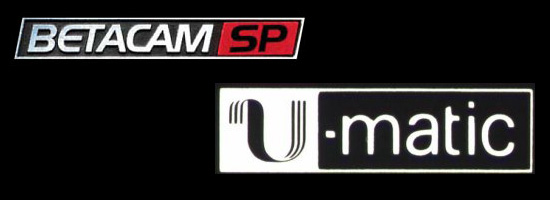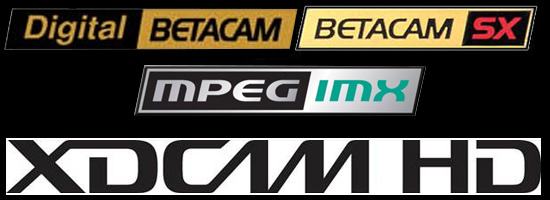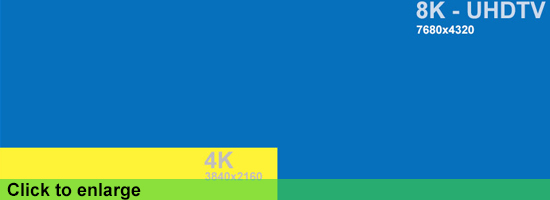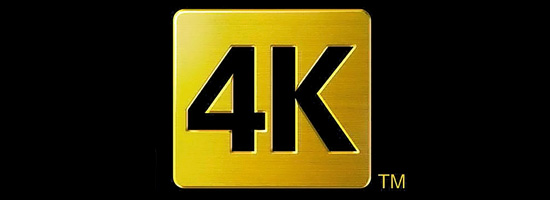
SD - HD - 4K - 8K?
Can we all financially catch up in Brazil

My first column for Broadcast Brazil is about formats… no… i am putting it not right here. It is mainly about the speed of development in this last 10 years of audio visual formats and what this means for Brazililian Audio Visual companies.
When i started my work in Broadcast we have had some formats. U-matic, C-format and Betacam SP. The company where i worked for at that time had to switch their recorder between edit-suites and OB-vans all the time. The Betacam recorders where pretty expensive and my boss just did not have financial possibilities enough to keep them in one place. But life was easy and clear in the analog SD (standard definition) time and as a company you had the chance to earn back these recorders by renting them as much as possible for the next 5-8 years… or even longer.

In 1993 we got Digibeta, Betacam SX in 1996 , Mpeg IMX in 2001. Meanwhile HD (high definition) was set into the market. Last 6 years HD became the standard for most Broadcasters, also in Brazil where the XDCAM HD format is used by TV Globo. In some parts of the country they still shoot and edit in SD but this is changing rapidly in Brazil.

Last 5 years the industry also pushes a 3D format to Broadcasters and consumers, but is seams that this is not something that will stay much longer… why? I think because of those glasses you need to put on….. but also because 1 new format just started to become mainframe…. 4K, and the first 8K demo's could already been seen at the last 3 versions of the IBC exhibition in Amsterdam.

In the last 10 years most broadcasters needed first to step from SD to HD, some of them just managed this last year. Even a big event like Formula 1 has it's first year of HD, besides the camera's on the cars which are still SD. The first 4K equipment enters the market rapidly, it means that broadcasters have to invest heavily again?… by knowing the 8k format can be available in some years from now. I think for most broadcasters this is too fast, the investments are too big. Not only the equipment but all what is connected to it has to change. This means some troubles ahead for a lot of companies because, who has a bag of money or a sponsor can invest in these latest formats. The ones who cannot will see their company shrinking or even disappearing.

With the Worldcup 2014 Brazil coming up a lot of Brazilian audiovisual companies have to step up to at least HD. With the tax the government puts on pro-equipment it is already difficult to invest in Brazil. In 2016 the olympic games will be held in Rio de Janeiro and of course this needs to be transmitted in 4K.. some major companies will push this for sure. I think that most Brazilian Audio Visuals do not have that bag of money again in 2016 and will loose a lot of opportunities to foreign companies (the sharks) . For the local market i think it is more honest to transmit the Olympics in HD, just to give the Brazilian Audio Visual world some support so they can be the event at this very important event for the whole country.
videos:
photos:
Check also some 8K equipment seen on the IBC this year.
René Schaap
More info you can find on his LinkedIn: br.linkedin.com/in/connectingmedia follow him on Twitter René_Schaap
mentioned:
U-matic
C-format
Betacam SP
Digibeta
Betacam SX
Mpeg IMX
XDCAM HD
4K
8K
IBC exhibition